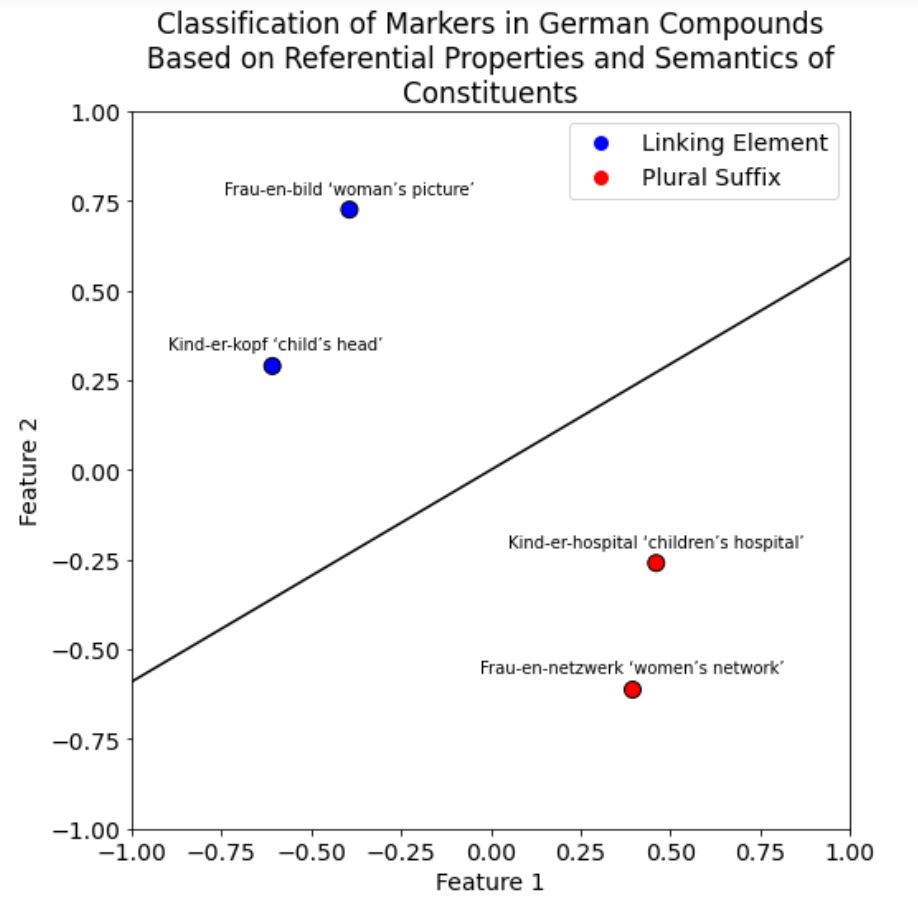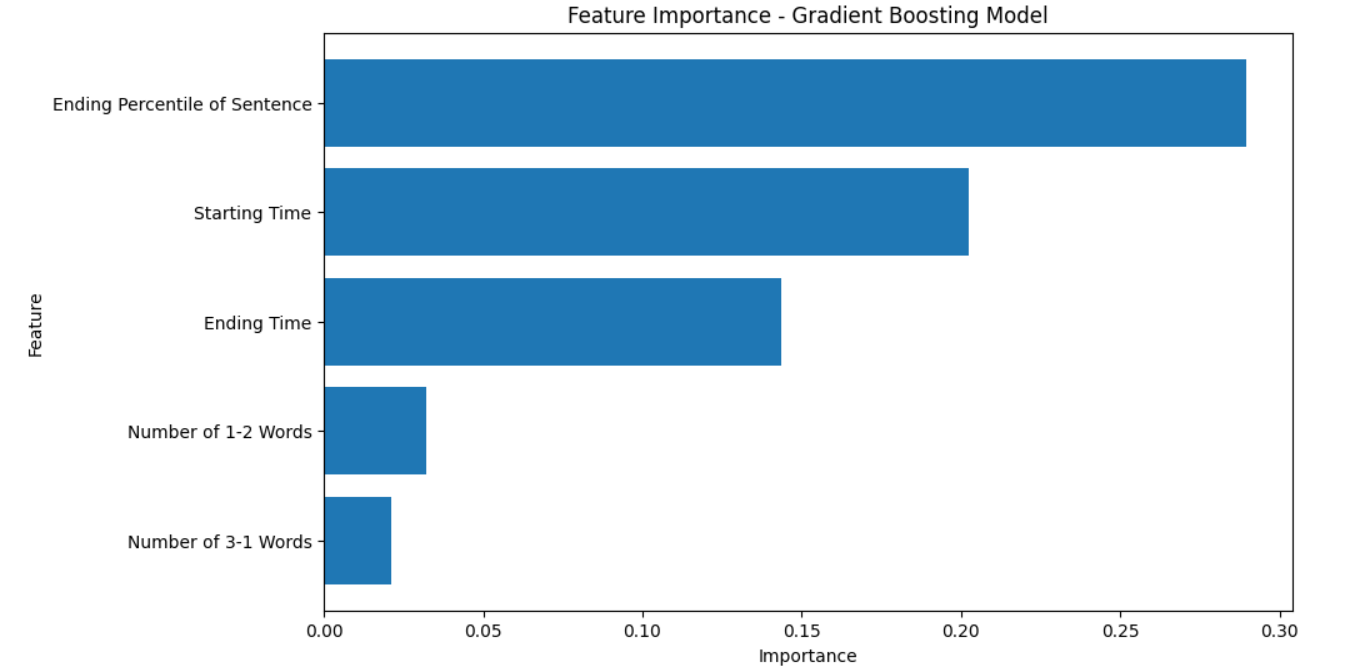Emre Mutlu, Image-Based Malware Family Classification with Deep Learning and A New Dataset
This thesis aims to make experimental studies on malware family classification using deep learning algorithms. A new dataset called MamMalware which is publicly available and has 450K labeled malware was created within this study. Samples in dataset were translated into gray-scale image files, and the opcode sequences were also extracted. Image files and opcode sequences were used as input. Then 2 and 3 layered Convolutional Neural Networks (CNN) experiments were applied on MamMalware dataset. In addition, experiments using the transfer learning methods with ResNet152 and VGG19 pretrained models were conducted. As a result, the transfer learning models obtained the best results with 94% test accuracy.
Date: 17.05.2024 / 11:00 Place: A-212









